猜你喜欢
 今日播放:453次
今日播放:453次
99日本黄色热视频这里极品 - 1080P在线手机播放
最新视频 - 2025-03-04
 今日播放:0次
今日播放:0次
亚洲国产精品一区二区第一页 - 720在线视频播放
最新视频 - 2025-03-05
 今日播放:653次
今日播放:653次
提供最新的在線欧美综合一区 - BD英语免费观看韩国
最新视频 - 2024-12-11
 今日播放:104次
今日播放:104次
高潮片免费视频在线观看 - BD电影全集观看
最新视频 - 2025-03-02
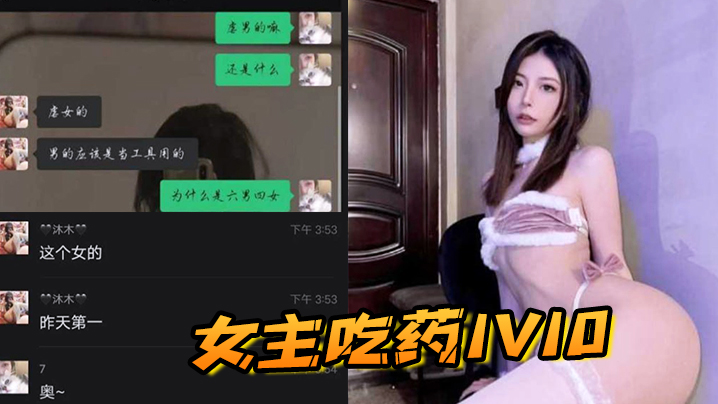 今日播放:658次
今日播放:658次
一级a免一级a做免费线看 - 蓝光HD高清在线观看
最新视频 - 2024-12-11
 今日播放:136次
今日播放:136次
午夜视频在线在免费 - BD英语超清在线观看
最新视频 - 2024-12-11
 今日播放:840次
今日播放:840次
国产探花在线观看 - BD免费观看最新
最新视频 - 2025-03-27
 今日播放:101次
今日播放:101次
国产精品岛国久久久久 - BD国语高清视频播放
最新视频 - 2024-12-06
 今日播放:724次
今日播放:724次
久久精品精品视频 - 剧情片动漫免费观看
最新视频 - 2024-12-10
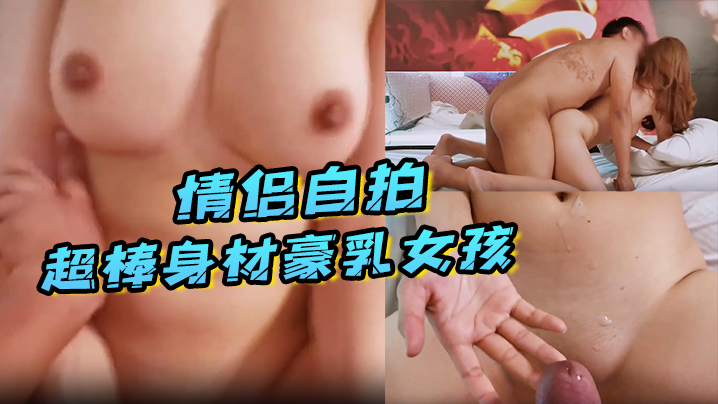 今日播放:747次
今日播放:747次
中文字幕av无码一区二区三区电影 - BD韩国电影在线观看
最新视频 - 2024-12-11
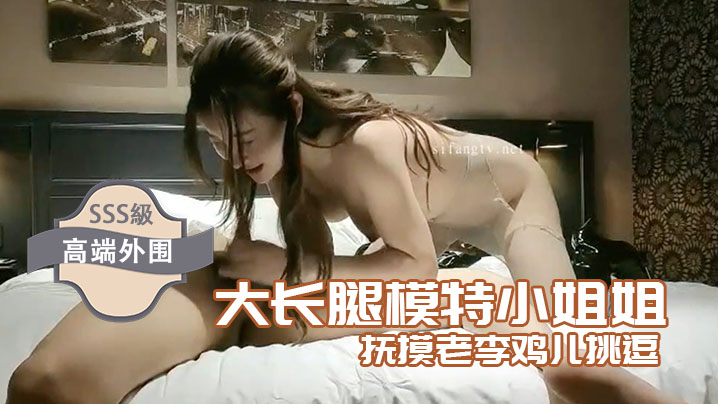 今日播放:0次
今日播放:0次
无码少妇一区二区浪潮免费 - BD动漫免费观看
最新视频 - 2025-03-05
 今日播放:466次
今日播放:466次
精品国产a - 4k免费观看最新
最新视频 - 2024-12-10
 今日播放:0次
今日播放:0次
国产jk福利在线 - 720影视在线观看
最新视频 - 2025-03-06
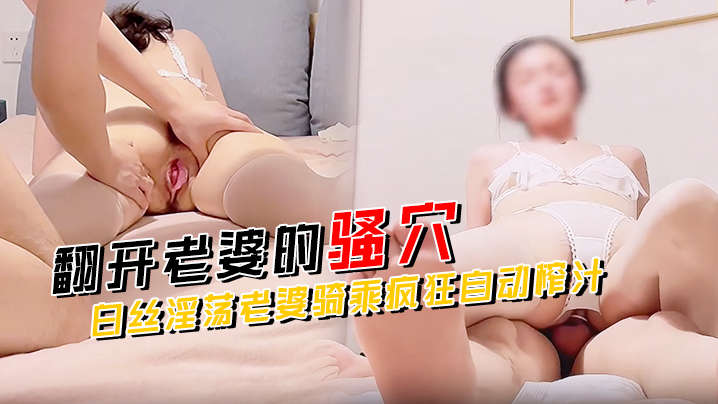 今日播放:387次
今日播放:387次
久久久久久精品免费宅男 - DVD全集免费播放
最新视频 - 2024-12-10
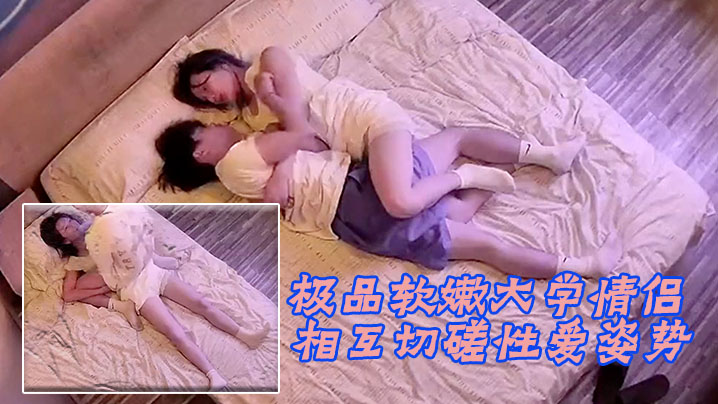 今日播放:387次
今日播放:387次
亚洲av无码精品久久狠狠5 - 剧情片免费观看
最新视频 - 2024-12-11
 今日播放:149次
今日播放:149次
亚洲av永久无码精品视色影视 - 超清超清免费观看
最新视频 - 2024-12-11
 今日播放:425次
今日播放:425次
十八禁无遮无拦视频免费 - HD免费在线播放
最新视频 - 2025-03-02
 今日播放:531次
今日播放:531次
999精品色在线播放 - BD国语日韩电影在线
最新视频 - 2024-12-06
 今日播放:658次
今日播放:658次
cameltoemovies中国 - BD英语手机在线看
最新视频 - 2024-12-10
 今日播放:308次
今日播放:308次
色av在线综合 - 国产剧免费播放
最新视频 - 2025-03-27
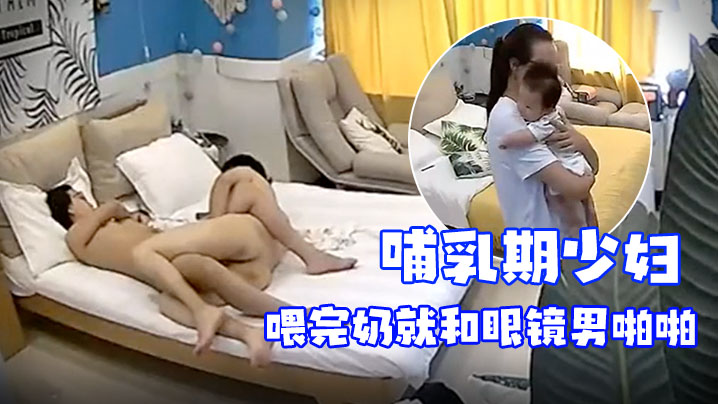 今日播放:739次
今日播放:739次
国产欧美日韩丝袜高跟鞋 - 720天堂在线
最新视频 - 2024-12-10
 今日播放:358次
今日播放:358次
日韩天堂久久一区二区 - 剧情片免费观看韩国
最新视频 - 2024-12-06
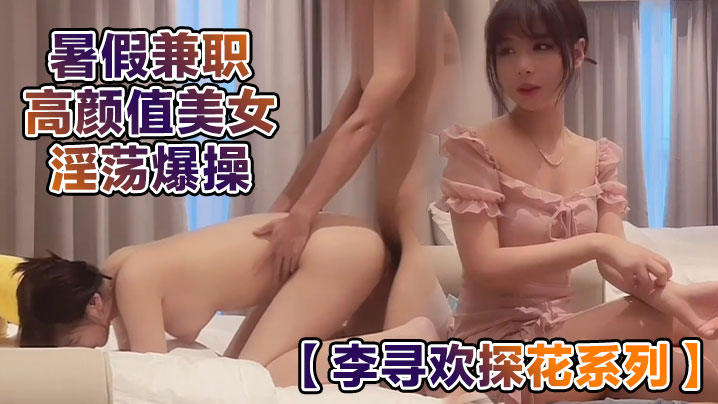 今日播放:339次
今日播放:339次
亚洲二区在线播放 - 超清电影全集观看
最新视频 - 2024-12-11
 今日播放:163次
今日播放:163次
x性欧美f - 剧情片高清完整版播放
最新视频 - 2024-12-10